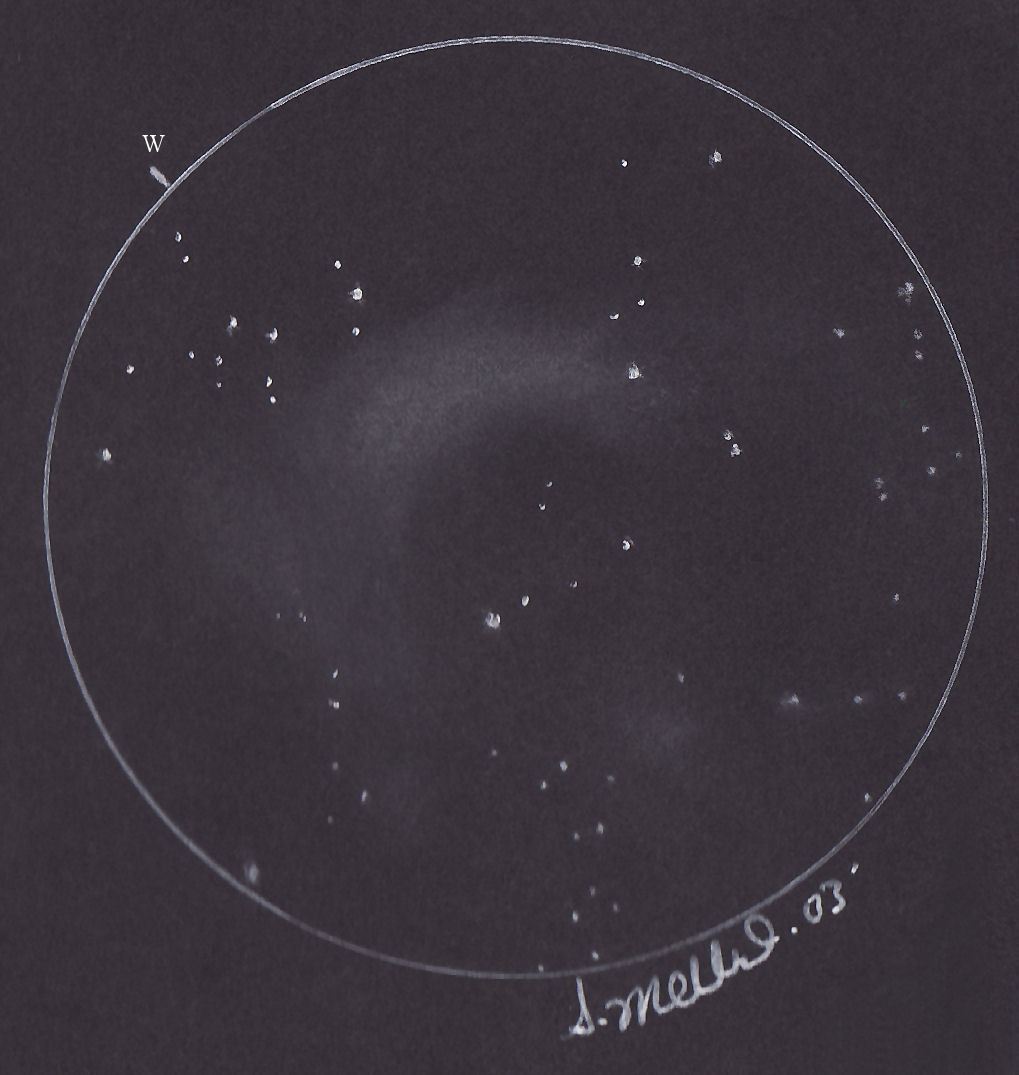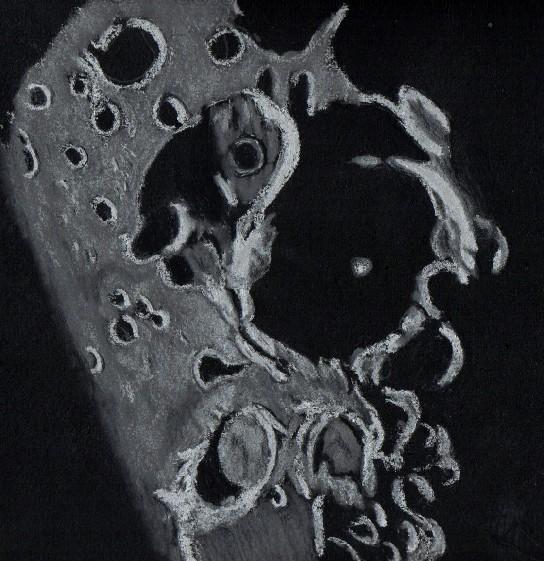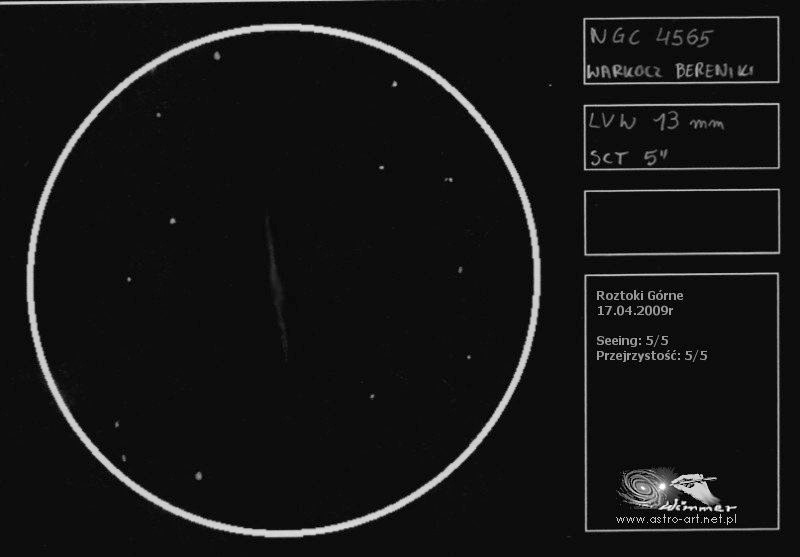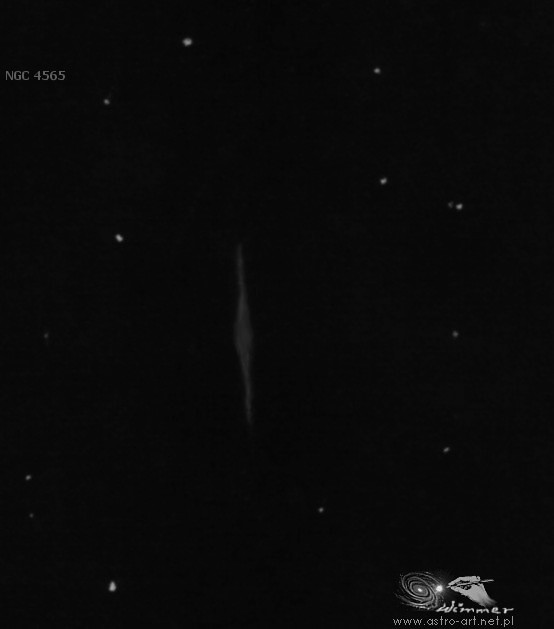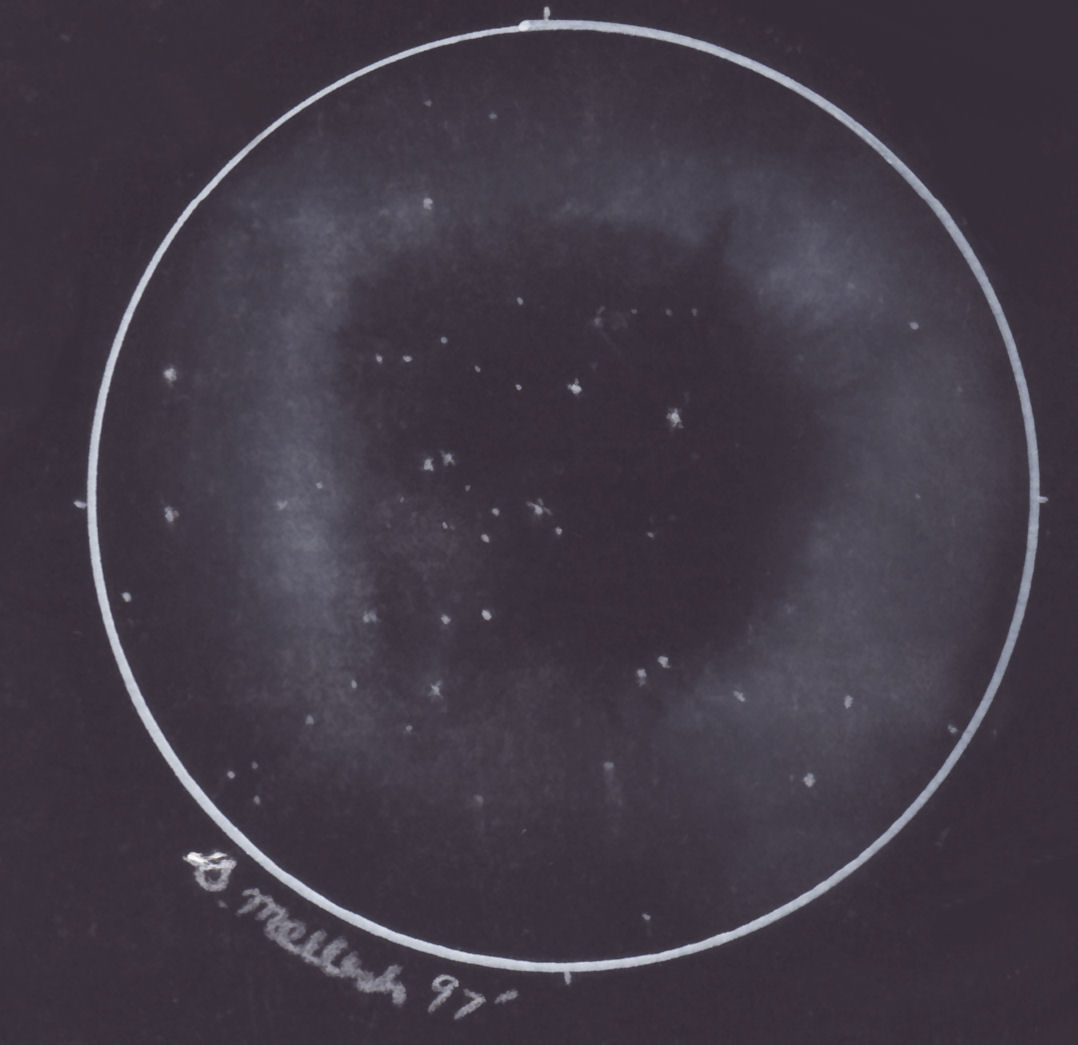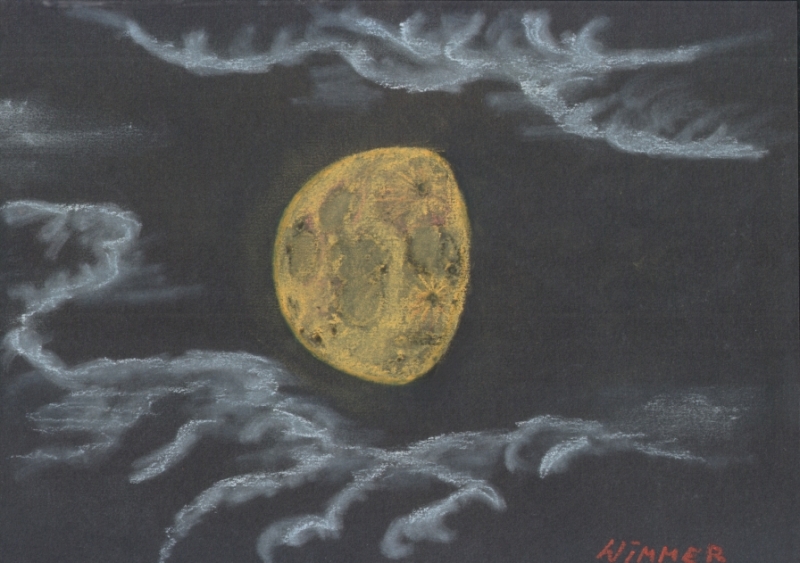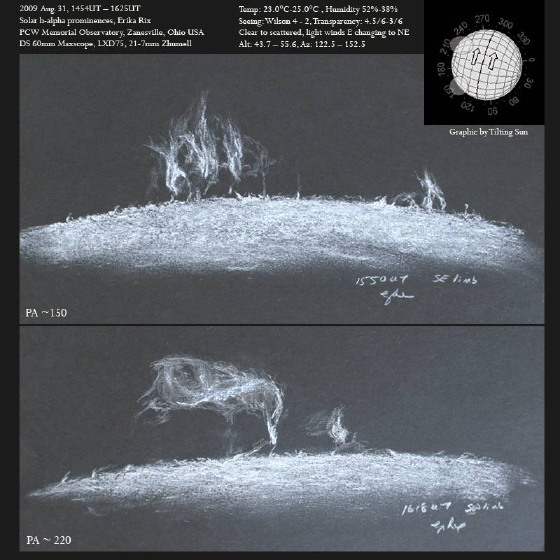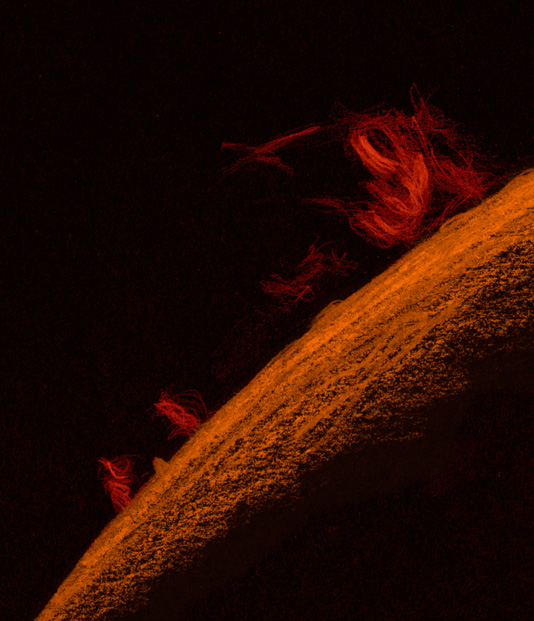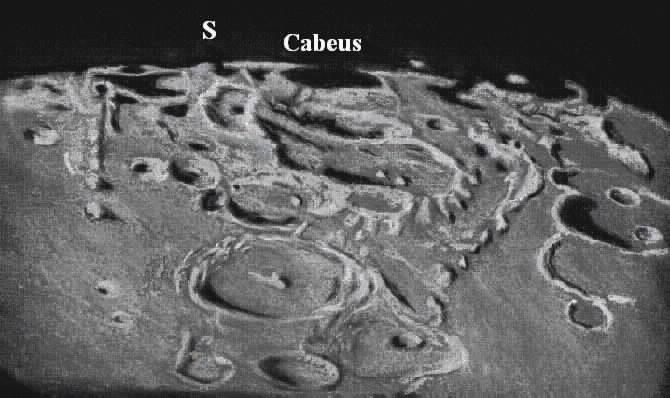
Crater Cabeus near the Lunar South Pole
Sketch and Details by Frank McCabe
On Monday September 28, 2009 the LCROSS Science Team at NASA decided to change the impact target for the October 9, 2009 11:30 UT impact based on a better chance of striking a more robust hydrogen concentration and hopefully creating a plume that reaches a higher altitude. At the newly selected site inside a valley on the floor of crater Cabeus a large hill in the vicinity will be casting a shadow that should provide good background contrast for viewing, imaging or sketching the event. The NASA LCROSS report states, “During the last days of the mission the LCROSS team will continue to refine the exact point of impact within Cabeus crater to avoid rough spots, and to maximize solar illumination of the debris plume and Earth observations.
From my location in the Chicago south suburbs the morning sky will be in twilight and the moon will be past the meridian but at a respectable 66° altitude in Taurus. The locations get darker the further west you are in the USA.
On the only recent clear night in some time I went out and sketched the South Polar Region including crater Cabeus. I did this primarily for practice and to see how much of the region I could sketch in a reasonable amount of time; so now I know about when to get started on October 9th. On the date of impact the crater Cabeus will be in about the same viewing position from the limb as in the sketch.
Sketching:
For this sketch I used: black Canson paper, white and black Conte’
pastel pencils , a blending stump, gum eraser.
Telescope: 10 inch f/ 5.7 Dobsonian with 6mm (241x) eyepiece
Date: 9-30-2009 9:15-10:45 pm local time
Temperature: 11°C (51°F)
Clear, calm
Seeing: Antoniadi III,
Co longitude 56.7°
Lunation 12.3 days
Illumination 90.4%
Oak Forest, Illinois
Frank McCabe
Webmaster’s note: Anyone who is able to observe and possibly sketch the LCROSS impact dust plumes are invited to submit their drawings to ASOD for publication.
